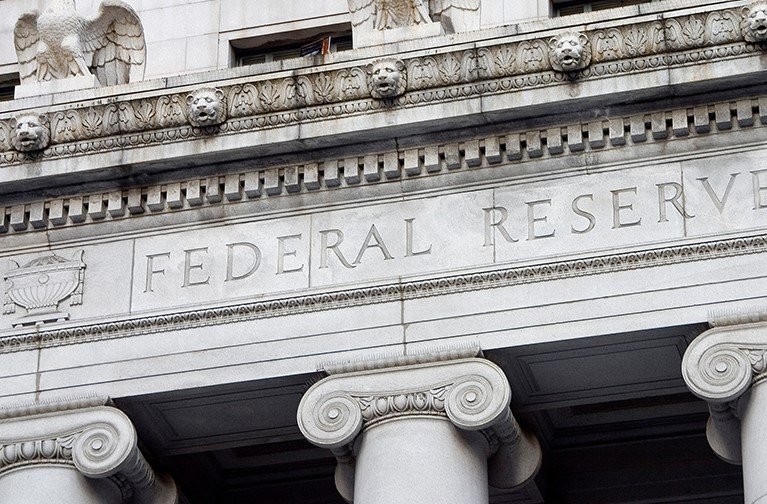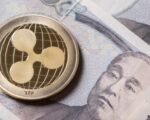The Bangko Sentral ng Pilipinas has rolled out fresh regulations to make it simpler for traditional banks to launch Islamic banking units, aiming to boost the sector’s growth. This move, announced through Circular 1219 on October 9, 2025, aligns local practices with global standards while cutting red tape to draw more players into Islamic finance.
Key Changes in the New Framework
These updates come at a time when the Philippines seeks to expand financial inclusion, especially in regions like Mindanao where Islamic banking holds cultural importance. The central bank wants to create a level playing field between conventional and Islamic banks, fostering competition and innovation.
Officials note that Islamic banking, which avoids interest and focuses on profit-sharing, could help serve underserved communities. By easing entry barriers, the BSP hopes to increase the number of Islamic banking options available to Filipinos.
The reforms build on Republic Act No. 11439, signed in 2019, which first laid the groundwork for regulating Islamic banks. Since then, the sector has seen slow but steady progress, with a few banks already operating units under Shari’ah principles.
Experts predict this could lead to more diverse financial products, such as sukuk bonds, which are Islamic equivalents to traditional bonds.

No More Separate Capital Needs for Units
One major shift is removing the separate capital requirement for Islamic Banking Units. Now, these units, which operate as departments within conventional banks, will rely on the parent bank’s capital structure.
This change reduces costs and simplifies operations for banks interested in offering Shari’ah-compliant services. Banks no longer need to set aside extra funds just for their Islamic arms.
BSP Governor Eli Remolona Jr. explained that this adjustment supports inclusive growth by making it easier for banks to diversify. He highlighted how it could help develop the Philippine Islamic finance market.
In practical terms, this means a universal bank can now launch an Islamic unit without jumping through extra financial hoops. Analysts say this could encourage mid-sized banks to enter the space.
The processing license fee for these units will now match the parent bank’s category, further lowering entry barriers.
Streamlined Reporting and Liquidity Rules
The new rules also cut administrative burdens by eliminating the need for separate liquidity reports from Islamic units. Instead, banks can include this data in their overall reports, saving time and resources.
A three-year observation period for new units allows them to get up to speed with reporting standards without immediate penalties. This grace period recognizes the sector’s early stage and aims to nurture growth.
On liquidity, the framework clarifies that Shari’ah-compliant tools like sukuk can count as high-quality liquid assets if they meet specific criteria. This helps Islamic banks maintain stability during economic stress.
Here are some benefits of these streamlined rules:
- Lower operational costs for banks.
- Faster setup for new Islamic banking services.
- Better alignment with international Islamic finance standards.
- Increased access to ethical banking for Muslim Filipinos.
These changes address past challenges where strict rules slowed adoption. Now, banks can focus more on serving customers rather than paperwork.
Impact on Financial Inclusion and Economy
Islamic banking could play a big role in the Philippines’ push for financial inclusion. With over 70 million adults still unbanked or underbanked as of 2024 data from the World Bank, these reforms open doors to new customers.
In regions with large Muslim populations, Shari’ah-compliant products like murabaha financing (cost-plus sales) and ijara (leasing) could boost small businesses and homeownership.
Recent events, such as the BSP’s award to a senior official for promoting Islamic banking in September 2025, show growing momentum. This ties into broader efforts, like easing rules for digital banks, to modernize the financial system.
Economists forecast that a stronger Islamic sector could add to the country’s GDP growth, projected at 6 percent for 2025 by the Asian Development Bank. It might also attract foreign investment from Middle Eastern countries experienced in Islamic finance.
| Aspect | Old Rules | New Rules (Circular 1219) |
|---|---|---|
| Capital Requirement | Separate for IBUs | Uses parent bank’s capital |
| License Fee | Potentially higher | Matches parent bank’s category |
| Liquidity Reporting | Separate reports | Integrated into bank-wide reports |
| Observation Period | None specified | Three years for new IBUs |
| Sukuk as Assets | Unclear qualification | Can qualify if criteria met |
This table shows how the updates simplify processes while maintaining safety.
The BSP’s actions reflect a global trend where countries like Malaysia and Indonesia have thriving Islamic banking sectors contributing billions to their economies.
Challenges and Future Outlook
Despite the positives, challenges remain. Building expertise in Shari’ah compliance takes time, and banks must train staff to handle these unique products.
Competition from fintech firms offering digital Islamic services could pressure traditional banks to innovate quickly.
Looking ahead, the BSP plans to monitor the sector closely. If successful, these reforms could position the Philippines as a regional hub for Islamic finance in Southeast Asia.
Stakeholders expect more banks to apply for Islamic units in the coming months, potentially increasing the sector’s assets from the current low base.
What do you think about these changes? Share your thoughts in the comments below and spread the word to help others stay informed.








